Genre Other. Page - 278
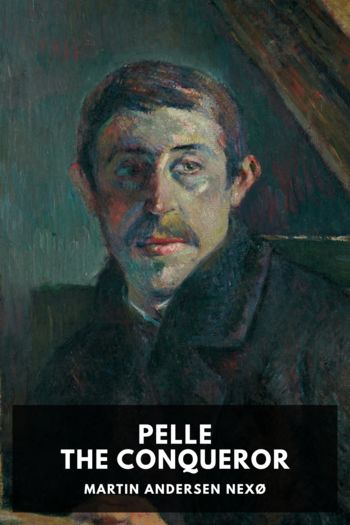
Description
Pelle is still just a young boy when his father decides to move them from Sweden to the Danish island of Bornholm in search of riches. Those riches—of course—being nonexistent, they fall into the life of farm laborers. As Pelle grows up among the other lowly and poor residents of the island, their cares and worries seep into him, and he finds himself part of a greater struggle for their dignity.
Pelle the Conqueror has been compared to Victor Hugo’s Les Misérables in its themes and scope. Nexø had become involved in the Social Democratic movement in Denmark that flourished after the turn of the 19th century, and this work closely follows his journalistic observations of the struggles of the people. It was published in four books between 1906 and 1910, and was immensely popular; the first book in particular is still widely read in Danish schools, and was made in to an award-winning 1987 film starring Max von Sydow as Father Lasse.
In this Standard Ebooks edition books one and four are translated by Jesse Muir, while books two and three are translated by Bernard Miall.
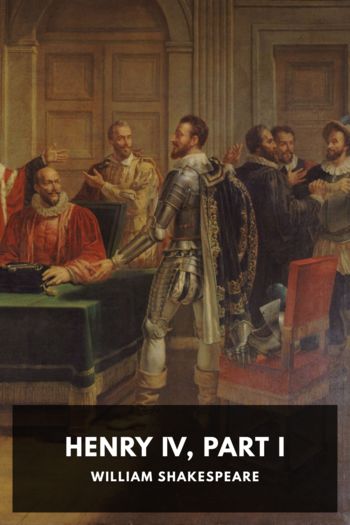
Description
King Henry IV’s plan to lead a crusade to Jerusalem is put on hold after he hears about skirmishes along England’s Welsh and Scottish borders. The Welsh rebel Glendower has fought off the English forces and has managed to capture Edmund Mortimer, Earl of March. Meanwhile, Harry Percy’s fight is successfully keeping the Scottish rebels, led by Douglas, at bay. Meanwhile Harry Perry, better known as Hotspur, has taken numerous political prisoners, including Douglas’s son Mordake.
The king is also concerned about his son Hal. During this time of political unrest, Hal has been spending most of his time drinking with criminals and highwaymen in taverns on the poor side of London—behavior unbefitting a future king. His closest friend and partner in crime is Sir John Falstaff, a fat old drunk and a charismatic thief. When the king calls for his wild son to return to court, Falstaff and his street-smart group of friends are ready to support their prince on the battlefront.
This Standard Ebooks production is based on William George Clark and William Aldis Wright’s 1887 Victoria edition, which is taken from the Globe edition.

Description
Hulda, the daughter of an innkeeper in the Norwegian countryside, is engaged to Ole, a fisherman. When Ole fails to return, Hulda fears him dead, until she receives a message that he has scribbled on the back of a lottery ticket. Newspapers broadcast the story, fueling excitement and speculation ahead of the lottery drawing.
The novel, based in part on the Verne’s travel through Scandinavia in 1861, belongs to the collection Voyages Extraordinaires which contains some of his best-known works, like Twenty Thousand Leagues Under the Seas and Around the World in Eighty Days. Un Billet de Loterie appeared first in installments in the magazine Magasin d’Éducation et de Récréation, followed immediately by a book edition published by Hetzel.
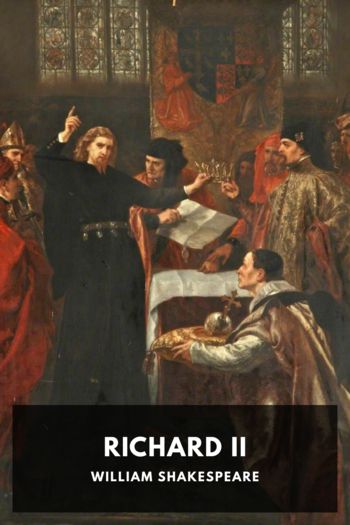
Description
Against the advice of his counselors, Richard II has been taking money from England’s coffers and spending it on fashion and close friends. In order to continue his wasteful spending, he raises taxes on the commoners and leases portions of English land to wealthy noblemen. He also sees an opportunity to seize more land and money after hearing news of John of Gaunt’s failing health.
King Richard arrives at Windsor Castle to settle a dispute between Henry Bolingbroke, the Duke of Hereford and son of John of Gaunt, and Thomas Mowbray, the Duke of Norfolk. Bolingbroke accuses Mowbray of numerous counts of treason: embezzling funds for Richard’s soldiers, conspiring against the king for the past eighteen years, and murdering the Duke of Gloucester. Mowbray denies these charges and claims to have repented for any wrongs he has caused in the past. John of Gaunt tries to convince the two to reconcile, but his attempts fall on deaf ears. Richard determines that a trial by combat will settle the matter.
This Standard Ebooks production is based on William George Clark and William Aldis Wright’s 1887 Victoria edition, which is taken from the Globe edition.
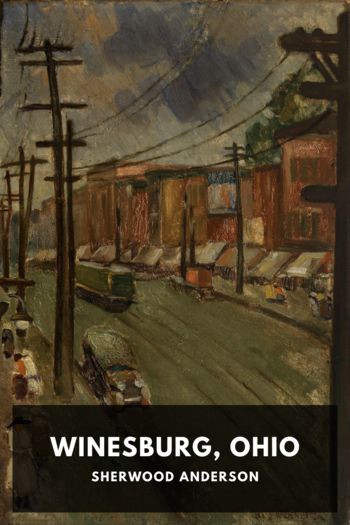
Description
Winesburg, Ohio, is set in a fictional town in early 1900s America based on Anderson’s boyhood memories of his hometown of Clyde, Ohio. The novel is actually a series of interconnected short stories, with each one focusing on the life of a different resident of the sleepy, pre-industrial town. Though each story peers into the personal life of a different character, the common threads running through all of them are George Willard, the young reporter for the Winesburg Eagle—and a pervasive sense of loneliness, even despair. As the stories obliquely trace George’s coming of age, he becomes a symbol of the hope the town holds for the future as its citizens struggle against the oppressive smallness of their existence and their paradoxical inability to form meaningful bonds with each other in such a small community.
The stories in Winesburg, Ohio are of a decidedly melancholy nature, but their real beauty lies in the vivid characterization of the big personalities living in the small town. The simplicity of Anderson’s plain-styled prose paints a rich picture, with each character precisely portrayed in all of their dusty down-to-earth physicality. One can almost picture the narrator as the whiskey-soaked voice of Tom Waits, rolling each syllable around in his mouth as the summer heat lies heavy in the twilight air.
Atmosphere aside, the stories are also unique in that Anderson creates narrative tension not with plot development, but with insights into the psychology of the kinds of people who choose, or don’t choose, to live in Winesburg. This makes the novel one of the earliest examples of literary modernism. It was praised by its contemporaries on publication, with H. L. Mencken stating that the novel “embodies some of the most remarkable writing done in America in our time.” It remained both acclaimed and widely read throughout the 1930s, when its popularity waned with the author’s own. In the 1960s critics reevaluated it, firmly placing it in the canon of modern American classics.
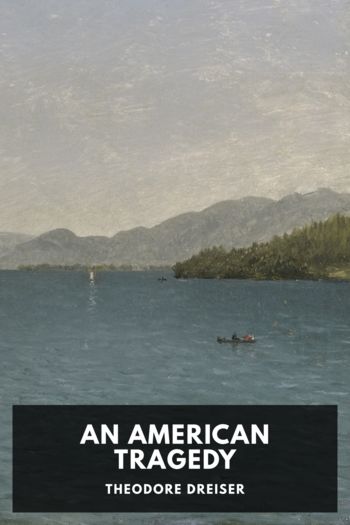
Description
Clyde Griffith’s parents are poor street-preachers, but Clyde doesn’t “believe,” and finds their work demeaning. At fifteen he gets a job and starts to ease out of their lives, eventually landing in some trouble that causes him to flee the town where they live. Two years later, Clyde meets his well-off uncle, who owns a large factory in upstate New York. Clyde talks his way into a job at the factory, and soon finds himself supervising a roomful of women. All alone, generally shunned by his uncle’s family, and starved for companionship, he breaks the factory’s rules and begins a relationship with a young woman who works for him. But Clyde has visions of marrying a high-society woman, and fortune smiles on him in the form of the daughter of one of his uncle’s neighbors. Soon Clyde finds himself in a love triangle of his own making, and one from which he seems incapable of extracting himself.
A newspaperman before he became a novelist, Theodore Dreiser collected crime stories for years of young men in relationships with young women of poorer means, where the young men found a richer, prettier girl who would go with him, and often took extreme measures to escape from the first girl. An American Tragedy, based on one of the most infamous of those real-life stories, is a study in lazy ambition, the very real class system in America, and how easy it is to drift into evil. It is populated with poor people who desire nothing more than to be rich, rich people whose only concern is to keep up with their neighbors and not be associated with the “wrong element,” and elements of both who care far more about appearances than reality. It offers further evidence that the world may be very different from 100 years ago, but the people in it are very much the same.

Description
An ambassador sent by King Philip of France delivers an ominous threat: King John must relinquish his throne to its rightful heir, his nephew Arthur of Bretagne, or France will declare a “fierce and bloody war.” John refuses. After receiving this news, Philip orders his forces to prepare an attack on the English-controlled French town of Angiers, and the citizens must then swear allegiance to Arthur or die.
King John also must deal with a dispute over land ownership between the Faulconbridge brothers. Their father knew that the older son was not his, and before his death, he bequeathed all of his lands to the younger son. John rules that the bastard son rightfully owns the lands regardless of who is his true father. John’s mother, Elinor, sees that the bastard son resembles Richard the Lionheart and proposes that he renounce his claim to the Faulconbridge land in exchange for a knighthood. He agrees and becomes Sir Richard Plantagenet.
This Standard Ebooks production is based on William George Clark and William Aldis Wright’s 1887 Victoria edition, which is taken from the Globe edition.

Description
In a French duchy, the old Duke has been usurped by his younger brother, Frederick. A young man named Orlando is mistreated by his elder brother, against their dead father’s wishes. Rosalind, the old Duke’s daughter, has been allowed to remain in court only because she is the closest friend of Celia, Duke Frederick’s daughter. When Rosalind is banished from court, she flees to the Forest of Arden with Celia and Touchstone, the court fool; meanwhile, Orlando also escapes to the forest, fleeing his brother. In the Forest of Arden, the old Duke holds court with exiled supporters, including the melancholy Jacques. There, Rosalind disguises herself as Ganymede and offers advice to a group of would-be lovers: Orlando, who has taken to posting love poems dedicated to Rosalind on trees, and Silvius and Phebe, two young shepherds.
Shakespeare is thought to have written As You Like It around 1599; while stylistic analysis has not conclusively established its place in the canon, it was certainly completed by August 1600 and was published in the First Folio in 1623. There are no certain dates of performance until the 17th century, but it may have been performed in 1599 or 1603. The play includes a number of Shakespeare’s most famous speeches, including Jacques’ monologue, “All the world’s a stage.”
This Standard Ebooks production is based on William George Clark and William Aldis Wright’s 1887 Victoria edition, which is taken from the Globe edition.
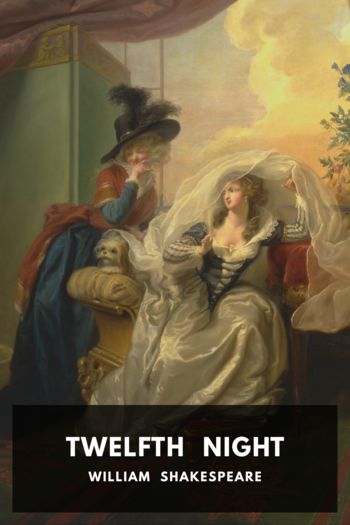
Description
A storm has caused a terrible shipwreck off the Illyrian coast. Two siblings, Viola and her brother Sebastian, become separated, each believing the other has drowned. Viola washes ashore and meets a friendly sea captain who offers to help her find work for Duke Orsino—but first she must disguise herself as a man named Cesario.
There is news that Duke Orsino is planning to propose to Countess Olivia. As Viola, disguised as Cesario, meets them both, a love triangle quickly forms. Shakespeare’s ability to weave love, confusion, mistaken identities, and joyful discovery shines through in this timeless romantic comedy.
This Standard Ebooks production is based on William George Clark and William Aldis Wright’s 1887 Victoria edition, which is taken from the Globe edition.

Description
1899 was the tail end of the Gilded Age, a time in America of rapid economic expansion that caused a select few to become ultra-wealthy, while millions of commoners struggled in abject poverty. It was against this backdrop that Veblen, an economist and sociologist at the University of Chicago, wrote The Theory of the Leisure Class, a book that brought the phrase “conspicuous consumption” into the modern vocabulary.
Veblen’s thesis centers on the definition of what he calls the “leisure class,” the upper social class consisting of wealthy individuals who are socially exempt from productive work. Their work instead becomes what he calls “conspicuous consumption”: spending their wealth in increasingly ostentatious ways in order to preserve their class status. Meanwhile, the lower and middle classes are the ones actually engaged in work that is productive to society—manufacturing and industry—with the goal of eventually being able to emulate the social status afforded by the conspicuous consumption of their leisure class masters.
Along the way, Veblen links these behaviors with social strictures left over from feudal society, arguing that contemporary human society has not evolved far beyond our medieval peasant-and-lord forefathers. In those ancient societies, productive labor came to be viewed as disreputable and dirty; thus, status is won not by accumulating wealth, but by displaying the evidence of wealth. He argues that many of what some would consider society’s ills are linked to this fundamental concept: for example, the mistreatment of women—forcing them into constricting clothing, preventing them from participating in independent economic life—is a way for their husbands to show off their unemployed status as a kind of conspicuous leisure; or society’s obsession with sports, celebrity, and organized religion, all forms of conspicuous leisure that bring no productive benefit to society, and on the contrary waste time and resources, but whose practitioners—superstars and clergy—maintain a high social status.
Though it was written over a hundred years ago when industrial society was just getting its footing, Veblen’s thesis predicts much of the social stratification we recognize today. Practical labor continues to be viewed as basically demeaning, while people struggle in vain to chase a glimmer of the vast wealth that celebrities, investors, bankers, hedge fund managers, and C-suite dwellers—the conspicuously-consuming leisure class of today—openly flaunt. As such, The Theory of the Leisure Class might be one of the most prescient and influential books of economic and social science of the 20th century.